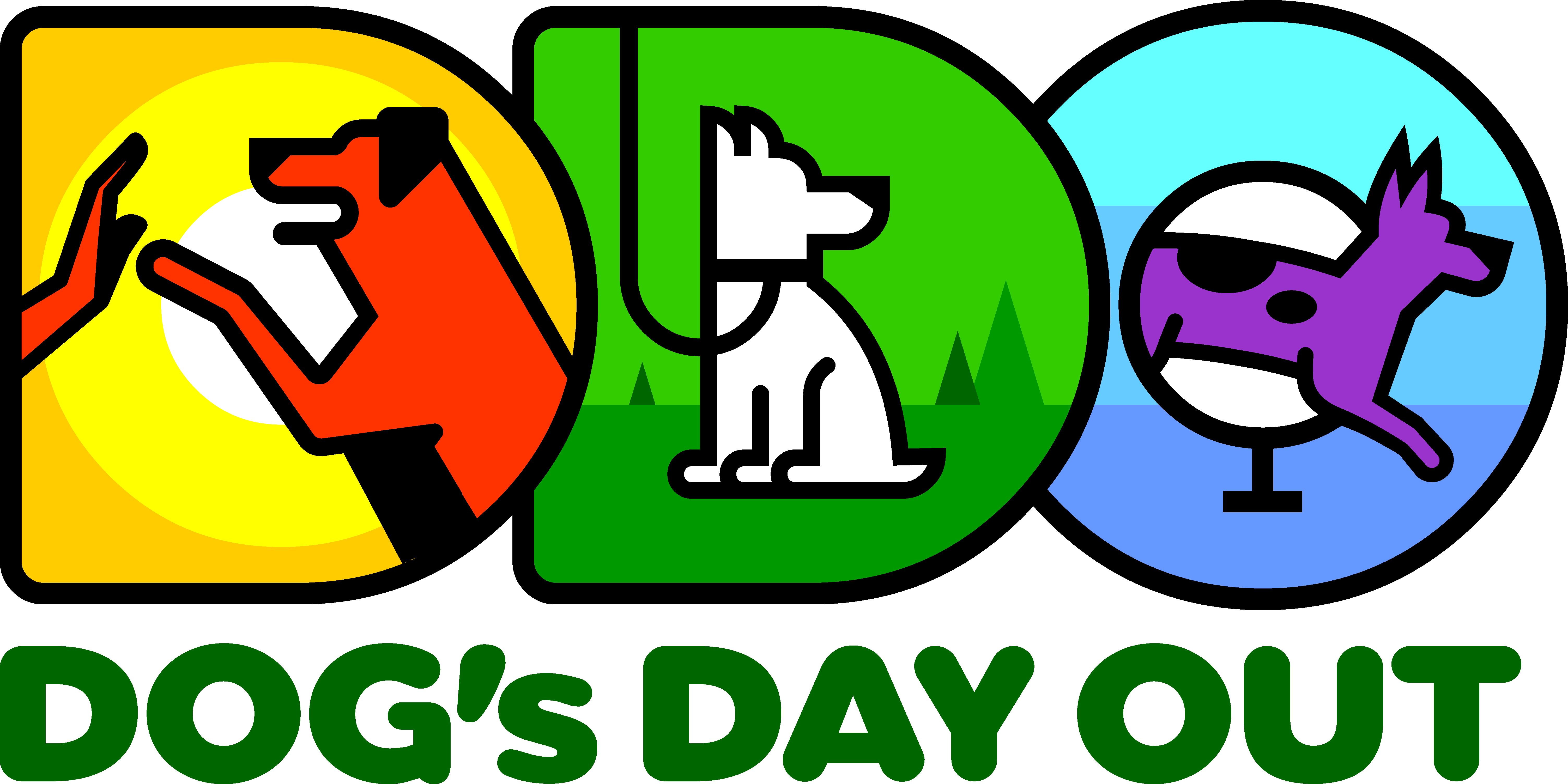Some of the most common complaints from I get from dog owners are certain dog behaviors we sometimes classify as “attention seeking behaviors”. These behaviors include jumping up on people, barking (at humans), mouthing, pawing and nose-butting. These behaviors generally start in puppyhood (when people think it’s cute for the puppy to be jumping all over them) and exist and continue for a couple of reasons…
1. Dog’s do everything for some purpose or reward. Dogs are very good at continuing behaviors that work for them, meaning they receive some sort of reward or reinforcement for doing it. Dogs are also pretty good at stopping a behavior if they are not being rewarded in some way for that behavior. Rewards are different to different dogs and have different values. Rewards may be external: food, ball, attention, play etc. or inherently rewarding such as chewing, digging and relieving himself. Figure out how your dog is being rewarded for the behavior he is doing. What is he getting from that behavior, what function is that behavior fulfilling?
2. We reward these behaviors by giving the dog attention (even negative attention) for them. Since dogs do everything for some kind of reward, and attention from us being a great reward for most, by giving any attention to these behaviors, even negative (“no” “stop” “get off me” “ssshhh” etc.) we may be inadvertently encouraging them to keep doing the behavior.
3. Every behavior has a function (a need) for the animal. What is the function or need, of that behavior to the dog? Can we find an alternative way (behavior for the dog to do) in order for the dog to get what he needs?
So how do we get rid of these behaviors?
PREDICT & PREVENT! The easiest way to “fix” these behaviors is to not allow them to happen in the 1st place by arranging the environment so your dog doesn’t have the opportunity to practice these behaviors, and does something else instead. See NOTE and alternative below. Teach the dog what TO do and teach a behavior that is physically incompatible with the undesired behavior. A sitting dog or a dog with all 4 feet on the floor can’t jump, right? This is usually a 2-step process: the first step is to ignore the unwanted behavior and then second, replace it and reward for a desired one (all 4 feet on the floor or sit). Be careful of the dog’s frustration level though, just ignoring the behavior almost never works (see NOTE below).
We can use our bodies to ignore our dog by turning away from him, even a simple turn of your head so you are not making eye contact with him can work sometimes. If the function of your dog’s behavior is social interaction with you, these are all reinforcing to your dog, so you want to limit talking to him, touching him, or making eye contact while the dog is exhibiting the undesirable behavior. When he has stopped jumping up, barking, pawing etc. you have a couple of options:
1. Say nothing and as soon as his feet hit floor mark (click or “yes”) and deliver a treat. If he is mouthy/grabby just toss the treat to the floor. If delivering the treat to his mouth be sure to deliver the treat LOW – wherever you deliver the treat is where the dogs nose (and mouth!) will go.
2. Cue (ask for) a replacement behavior (“sit”). Once he is sitting THEN reward him by looking at him, speaking to him (“good”), petting him or delivering a treat (to the ground or low).
If he jumps up as soon as you reward him immediately turn away, hands off and start over by ignoring him. If this happens more than once you dog is too frustrated and amped so see note below…
NOTE: The above technique may work easily and quickly for some dogs but what if it doesn’t – what if he just ramps up more? That can happen! So, we also want to be cognizant of totally frustrating the dog and how the dog is dealing with our behavior. I’m really not a fan of “waiting the dog out” (I think it is frustrating for the dog and the human) so, if you are finding the above (ignore and then reinforce a desired behavior) is not working quickly and easily then you need to get ahead of the behavior. In others words, set the scene for your dog to perform the behavior you want before he does the behavior you don’t want. Take note of when the jumpy/mouthy behavior is most likely to occur – when you get home, after a walk, before dinner, when guests arrive… and be ready for it!
What can I do? A few alternatives for door greetings:
- Have treats stashed outside of your door and when you walk in, toss a few treats to the floor (6+ feet away from your body body) towards your dog. As soon as your dog looks up, toss a few more, when your dog looks up let him take a couple steps towards you and then toss some more. Gradually letting him get all the way up to you to receive a treat. This allows your dog some time to settle down (while getting the treats), allows for some space between your body and his when you first enter and gives your dog a few seconds to get used to the change in the environment (someone is here!). Now, have other people entering you home do the same. Along with preventing your dog from jumping, it also gives him a positive association with people entering the home.
- An alternative to tossing treats is to toss a favorite toy for your dog to grab and run around (happily) with when you first enter. This give the dog an alternative behavior to jumping up (get my toy!) and for some reason (I really don’t know why) the most dogs don’t jump on people when they have a toy in their mouth.
- Teach your dog to station or Go to a Mat somewhere away from the entrance. I think this one is the hardest of the 3 but if you are willing to put in the work, more power to you!
For more great information (including step by step training protocols) on Jumpy/Mouthy behaviors check out the Pet Rescue Resource.
And if you think this is only your dog, it’s not – even professional dog trainers have these jumpy dogs!

